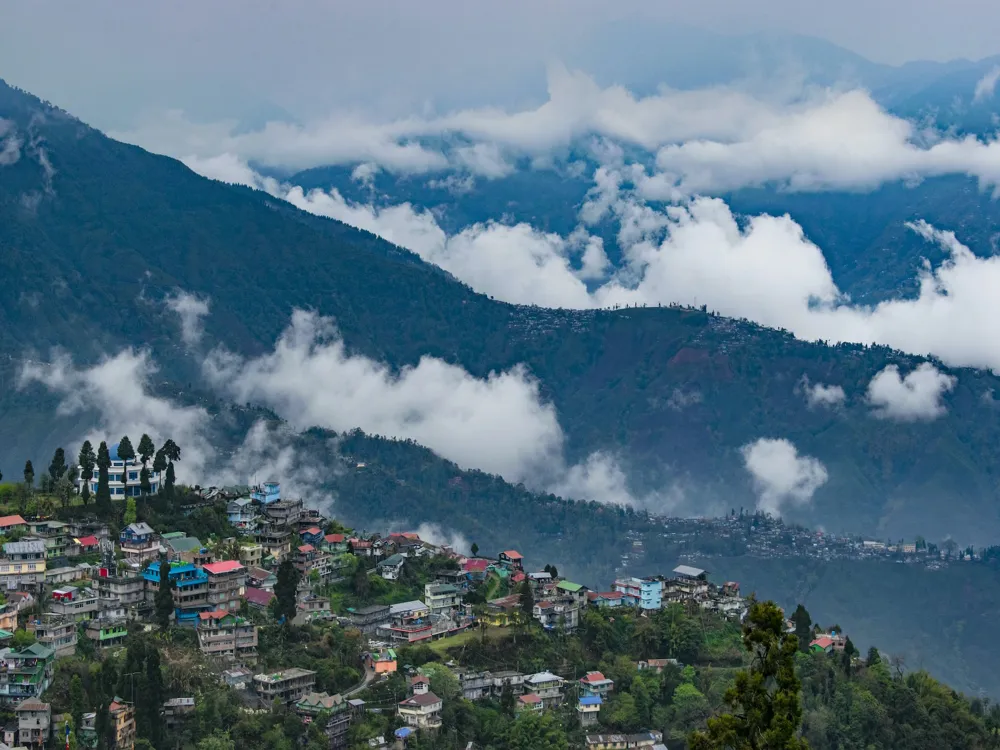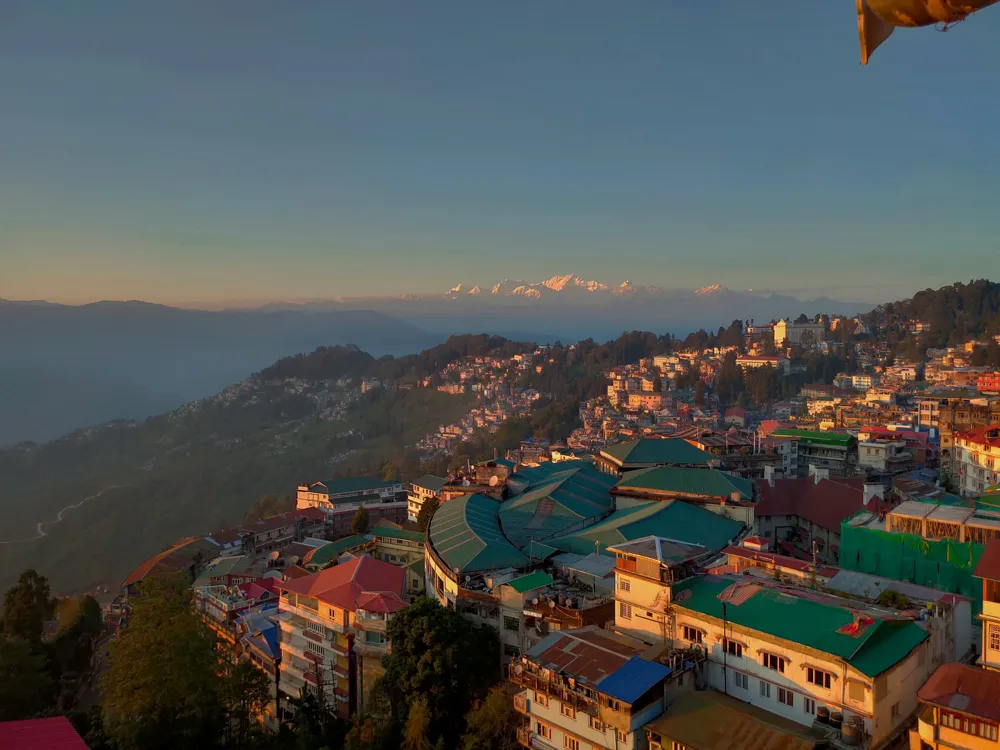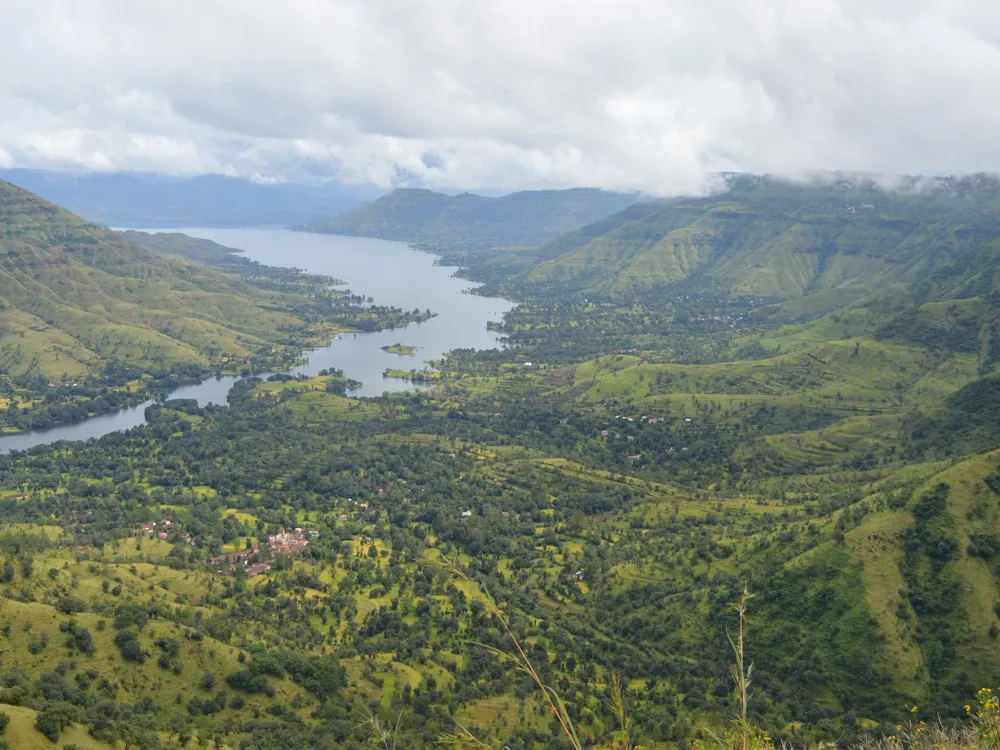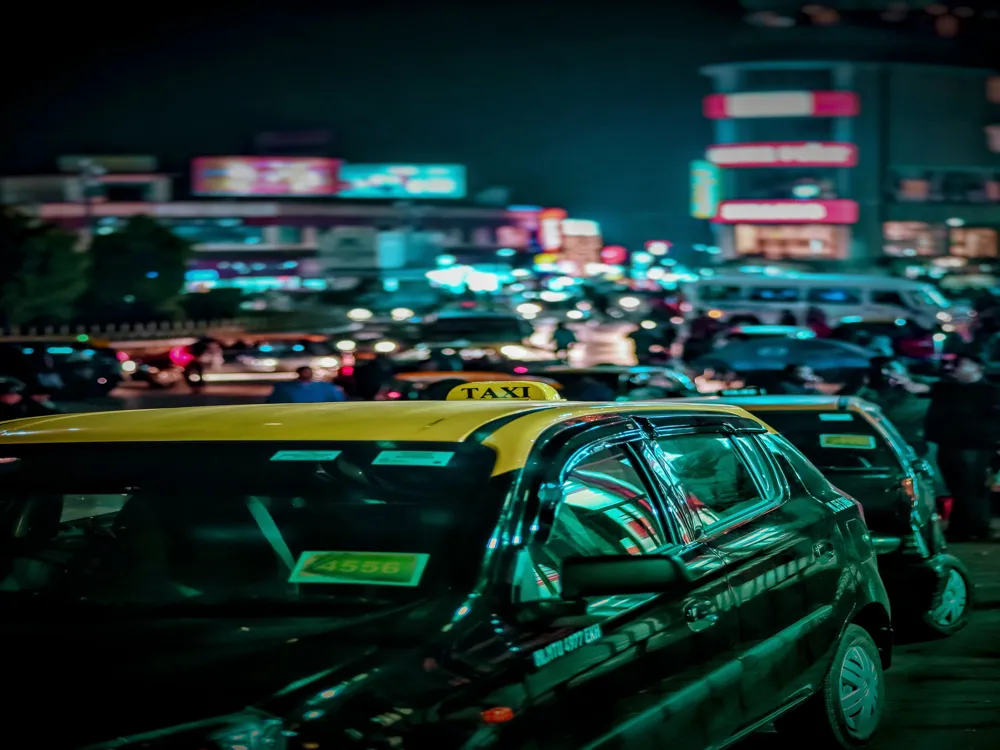Plan Your Travel To Darjeeling
Places To Visit In Darjeeling
Batasia Loop
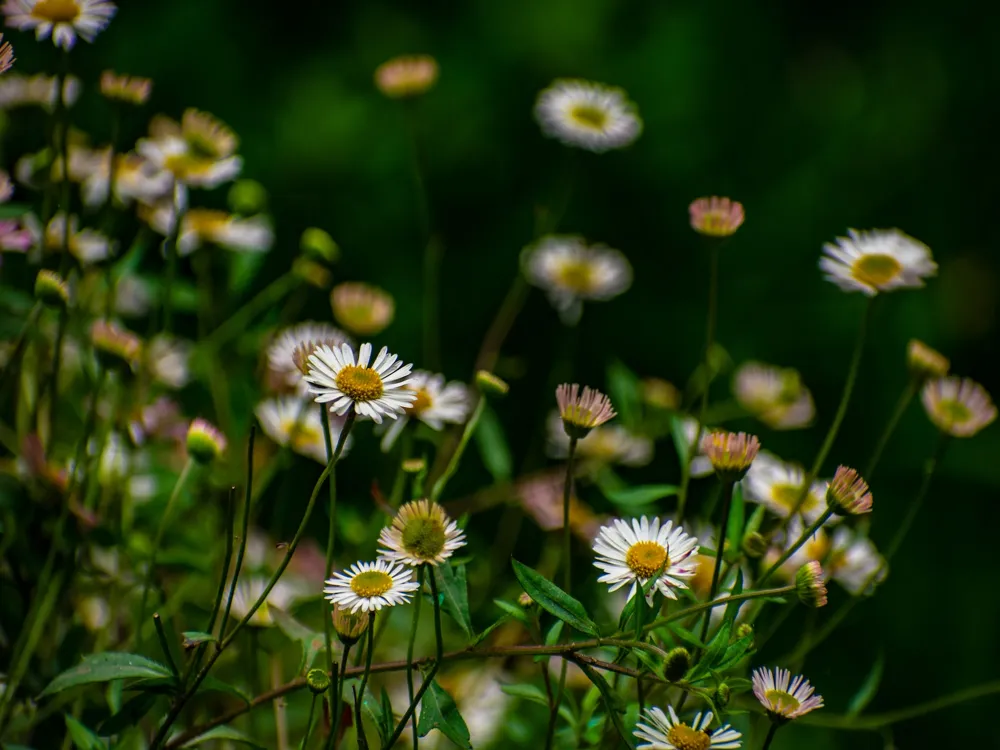
Perhaps one of the most picturesque train routes in all of Darjeeling, the Batasia Loop is a lush green toy train pathway that is meant to minimise the elevation of the Darjeeling Himalayan Railway. The unique design of this magnificent attraction allows the track to wrap around itself through a hilltop tunnel. One of the most enchanting aspects of the Batasia Loop is its unmatched natural beauty which is a wonderful sight to behold. Located on Hill Cart Road (NH 55), you can enjoy a panoramic view of the Darjeeling in all its verdant glory.
Situated in Ghoom which is about 5 kilometres from Darjeeling, the motive behind creating the magnificent pathway of the Batasia Loop was rooted in easing navigation around the terrain of Darjeeling. It rises from the midst of emerald carpets of mountain vegetation and overlooks the snowy peaks of Kanchenjungha on one side as well. Endearing flowers line the way, which makes a trip through Batasia Loop a must after you have witnessed the fascinating sunrise of Tiger Hill. The view of the train tearing past the white of the clouds and deeper into the green beauty of the terrain is a refreshing and enchanting expedition which should not be missed.
Read More
Bengal Natural History Museum
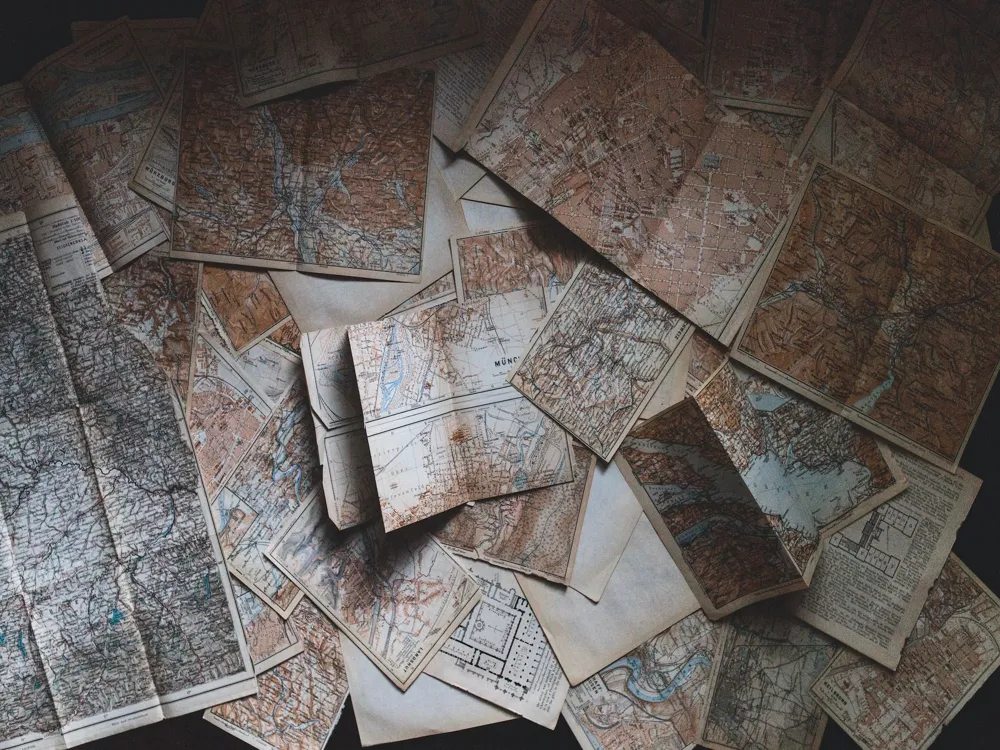
A testament to the indigenous flora and fauna of the region, the Bengal Natural History Museum is a fascinating plethora of more than 4000 specimens being exhibited. Located in the heart of Darjeeling at the Padmaja Naidu Himalayan Zoological Park, this museum was originally started as a small building in the Botanical Garden meant to showcase the varieties of butterflies and birds of the hills. Today, one can find preserved remains of the bird species, reptiles, insects, fishes, and mammals displayed in a replication of their natural habitats. An attractive display of the various minerals of the region is present here as well.
There are two sections at the museum, one at the ground level and the other in the basement. This comprehensive collection of animals includes rare specimens such as the Himalayan Brown Wood Owl, Northern spotted owlet, Northern Brown Fish Owl, pelicans, pheasants, Tibetan fox, Tibetan Lynx, Toddy cat, panthers, leopards, tigers, and the Estuarine crocodile, representative of the native wildlife of the Eastern Himalayas. There is also a large collection of birds' nests and eggs. A specialised taxidermy unit is present at the Bengal Natural History Museum to oversee the curing, stuffing and preparation of the birds and animals to be displayed as exhibits.The insects' exhibit has a wide assortment of butterflies, moths, dragonflies and beetles. The museum also has a small library where one might find many interesting books, including the 125 volume series titled 'The fauna of British India'.
Read More
Darjeeling Himalayan Railway

The Darjeeling Himalayan Railway also referred to as the DHR, and lovingly called the 'Darjeeling Toy Train', is a 2 feet narrow gauge train that runs between New Jalpaiguri and Darjeeling, in West Bengal, India. The construction of this 88-kilometre long railway line took place between 1879 and 1881, and a ride on this train route has been a coveted experience ever since. A journey in the Darjeeling Toy Train has amazing sights with pleasing mountain views and pass by villages and local shops on the way, with children merrily waving at them.
The Darjeeling Himalayan Railway provides significant transport links between various parts of the Darjeeling hills and lower plains and is a piece of sheer engineering inventiveness and vision. How else can a small steam engine pull mini coaches up the steep mountains by overcoming almost unfeasible curves and gradients? This is perhaps why the Darjeeling Toy Train was declared as a UNESCO World Heritage Site on 2 December 1999. Later on, two more railway lines were added, and the site came to be known as the Mountain Railways of India. A ride on such a heritage transport is no doubt a relaxing and charming one but is also prestigious because this train is what once provided the first and most important mountain transportation link in the country.
Read More
Darjeeling Ropeway
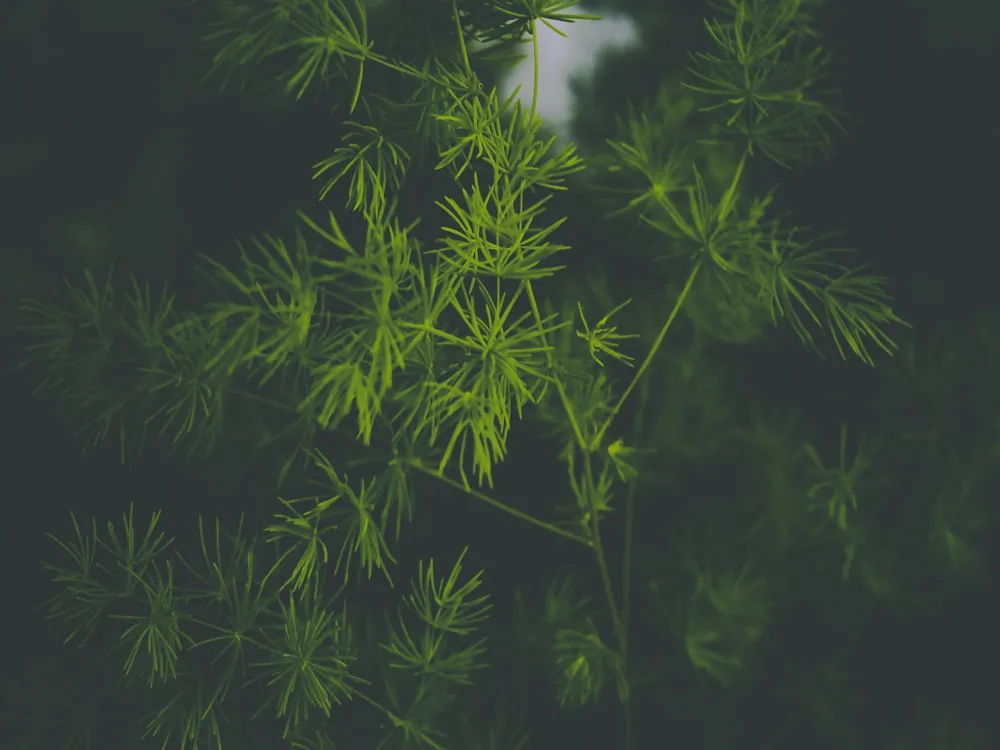
Darjeeling is renowned across the world as one of the most picturesque hill stations, where one can witness a myriad of exquisite landscapes, from the glorious snow-capped mountains to the charming valley replete with verdant tea estates. For this reason, the Darjeeling Ropeway finds itself as a prime attraction of Darjeeling, giving its passengers an array of divine panoramic views as they travel across the magical valley.
Established in 1968, the Darjeeling Ropeway is India's first cable car system, set up to cater to the tea gardens in the valleys which did not have easy access. Today, it serves as a coveted tourist hotspot, attracting scores of tourists all year round to experience the beauty of Darjeeling's scenery in the best way possible. With 16 cable cars, each car accommodates 6 people as it travels from the North Point in Singamari to the Singla Bazaar, situated by the banks of the enchanting Ramman river, transporting passengers at an altitude of 7000 feet. The view of the numerous tea estates of Darjeeling, the cascading waterfalls, and the majestic Kanchenjunga makes this experience an essential to every tourist in Darjeeling. The gondola moves at a moderate speed, allowing travellers some good opportunities for some brilliant photo opportunities. At the bottom end of the trip, the cable car halts for a while, where travellers may explore the lovely tea gardens, or relax at the small mountain cafe, before proceeding back to the Singamari base station.
Read More
Ghoom Monastery
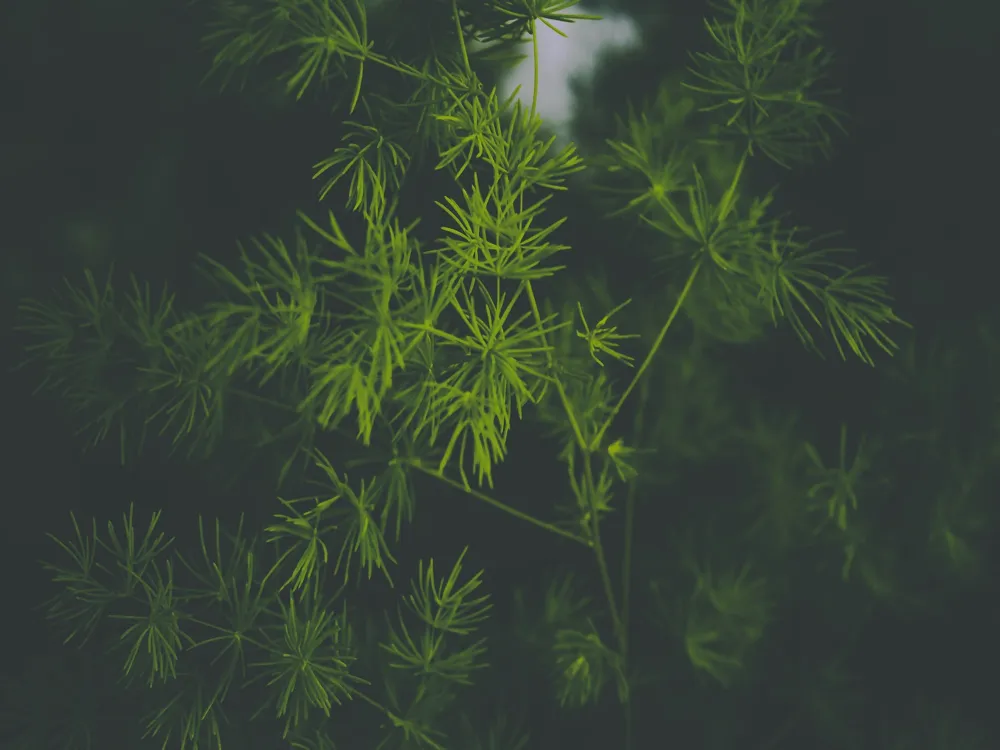
At a grand elevation of 8,000 feet, the Yiga Choeling or old Ghoom Monastery is the oldest Tibetan Buddhist Monastery of Darjeeling. Established in 1850 by Lama Sherab Gyatso, this shrine is part of the Yellow Hat sect known as Gelupka who worship the 'Coming Buddha' or 'Maitreyi Buddha'. A 15-foot high statue of Maitreyi Buddha is seen in the central hall, made entirely of clay brought from Tibet. This statue was installed during the tenure of the second head of the monastery Lama Domo Geshe Rinpoche. One can also find many rare Buddhist manuscripts within the premises. Visitors are treated to a beautiful view of the majestic Kanchenjunga outside the monastery. Prayer flags are flown by the resident monks in typical Tibetan tradition.
Within Yiga Choeling, one can view images of many Buddha deities and lamas such as the Chenrezig, Buddha of compassion, and Tsongkhapa, the founder of the Gelupka sect. In front of the Maitreya Buddha statue hang two huge oil lamps which keep burning throughout the year. The walls of the monastery are elaborately painted with depictions and art of Tibetan Buddhism, with different images of bodhisattvas. These beautiful paintings are placed in a symmetrical manner, facilitating the ease of understanding the basics of Buddhist philosophy to visitors of the monastery. The hilltop above the monastery holds the Ma Kali temple, where devotees come to offer prayer every full moon day and on the fifteenth of every month of the Tibetan calendar.
Read More
Happy Valley Tea Estate
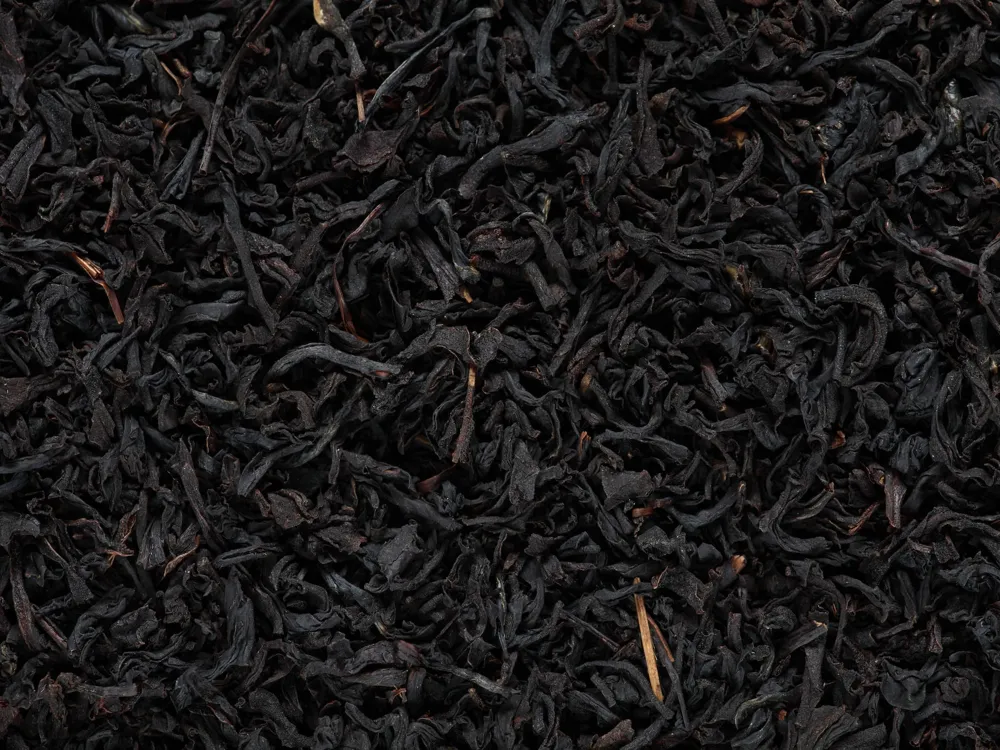
At a magical altitude of 6,800 feet, the Happy Valley Tea Estate in Darjeeling is a fine land expanse of about 437 acres, growing some of the finest shrubs of this delightful drink in the world. It is the second oldest tea estate in the tea-rich town of Darjeeling, with its origins being closely connected to the history of cultivating and producing the world-famous Darjeeling Tea. The Happy Valley Tea Estate is a must-visit attraction for tourists visiting Darjeeling as it offers a natural scenic view with a breathtaking appearance of Himalayan foothills. Nature lovers will find it difficult to leave the place even after spending hours due to its elegant beauty surrounded with hundred and acres of Tea Gardens, mesmerizing weather, open clouds and beautiful Aroma of high-quality tea being produced.
At this verdant wonderland, respect for nature is evident through the use of organic and biodynamic methods of farming. One can take a guided tour through the fragrant factory, observing how fresh tea leaves are withered, rolled, fermented, dried, sorted and finally graded to produce the different varieties of tea we see in the market, from traditional black tea and green tea to more exquisite speciality teas like Super Fine Tippy Golden Flowery Orange Pekoe. Also known as Black Orthodox Tea, this is one of the finest tea blends of India which is enjoyed across the world. A tea-tasting session is also held at Happy Valley Tea Estate where first-timers are privy to experiencing the subtleties involved in distinguishing the various groups of tea. One can also buy the tea products from the shop in the estate.
Read More
Himalayan Mountaineering Institute
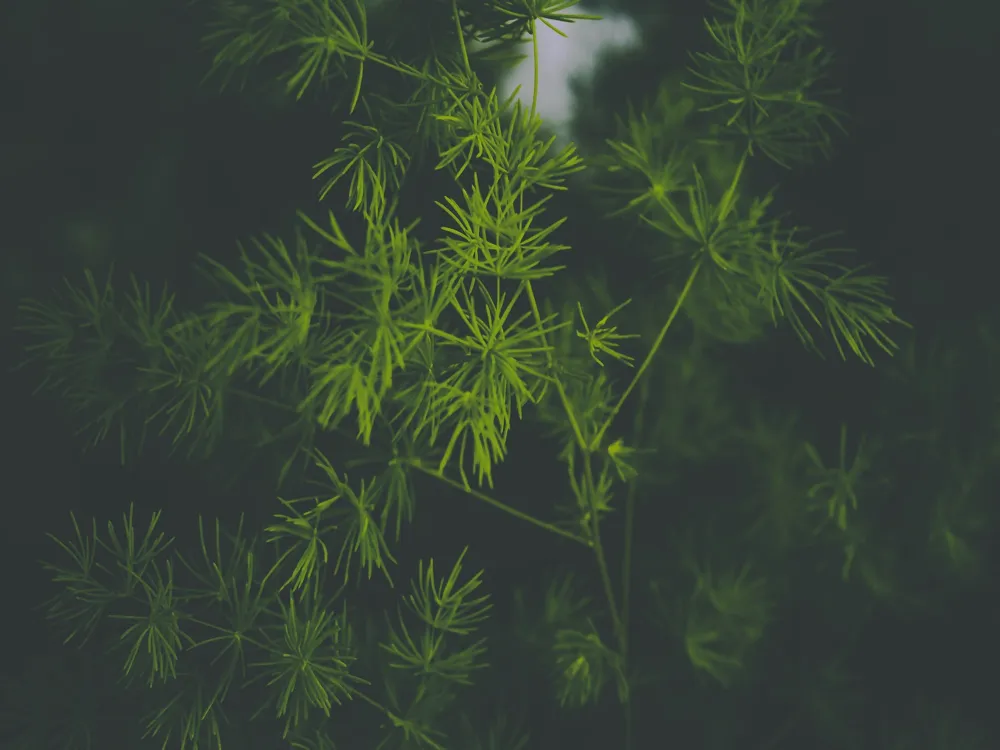
Located in Darjeeling, Himalayan Mountaineering Institute is recognized as one of the best mountaineering institutes in the world. Established on 4th November 1954, the primary purpose of this initiative was to encourage, enhance and support the interest of the people in the sport of mountaineering, and to channel the abundant energy of the youth into a productive and self-awarding sport. Aspiring mountaineers from all over the world come to this institute to develop their skills.
Besides being one of the best mountaineering institutes in the world, the Himalayan Mountaineering Institute has become a significant tourist attraction on account of its picturesque setting in the hill station of Darjeeling. The magnificent view of the 8586-meter high peak of Kanchenjunga, the third highest peak in the world, from this institute is genuinely mesmerizing.In the field of adventure, the Himalayan Mountaineering Institute aims at developing mountaineering as a sport of scientific and entrepreneurial pursuit. A mountaineer doesn't just climb mountains, he understands them. He feels the earth beneath his feet and pampers it. Mountaineering is a scientifically artful sport that needs intensive training and deliberate technique, and this is where this grand institute comes in. In the 63 years existence, the Himalayan Mountaineering Institute has trained over 45000 students including 2500 aspirants from different countries of the globe. The thrill of mountaineering; of climbing snow clad mountains through the raw landscape in the midst of untouched nature is one that can't be expressed by mere words. This is an adventure of a lifetime and for a lifetime.
Read More
Darjeeling Peace Pagoda

Located on the slopes of Jalapahar hills in Darjeeling, the Peace Pagoda, or the Japanese Peace Pagoda is one of the peace pagodas designed to establish unity, harmony and goodwill amongst people belonging to different sects of society. Famous for its tranquillity, it offers stunning views of snow-clad peaks including the Kanchenjunga peak making it an ideal place for peace and nature lovers.
The Peace Pagoda was built under the guidance of Nichidatsu Fujii, a Buddhist monk from Japan. The foundation stone was laid on 3 November 1972 and was inaugurated on 1 November 1992. Designed by M. Ohka, it took 36 months to complete the construction. The pagoda houses the four avatars of Buddha including Maitreya Buddha and was designed to bring together people of different caste in search of peace.
Read More
Lamahatta Eco Park

Lamahatta is a scenic village in West Bengal, 23km from Darjeeling. To showcase the magnificent views of peaks & rivers and the dhupi & pine forests here, the Lamahatta Eco Park was created in 2012. Lamahatta means Monk's Hermitage and so, this place promises an environment that feels as tranquil as a monk - a measure of balance between nature & man. At an altitude of 5,700 ft., this eco-park has a lot to offer.
The eco-park has wooden & bamboo gazebos that overlook the beauty of Lamahatta. The manicured garden, known as the 'Roadside Garden', flowers various plants seasonally including white and yellow orchids. There are many homestays around the area.
Read More
Lepchajagat

Lepchajagat is a small village around 19km from Darjeeling. At a height of 6,956 ft, this vilage is considered a haven for nature lovers and honeymooners. Amidst dense forests of pines, oaks and rhododendrons, this village gives you tranquility. Viewing the Kanchenjunga peaks from here is a serene experience. It is now part of a reserved forest area.
Darjeeling Travel Packages
View All Travel Packages Darjeeling
Nearby Places Darjeeling
Browse Package Collections
Browse Hotel Collections












